- In-depth implementation of a large number of key infrastructure construction projects in Beijing during the 14th Five-Year Plan period
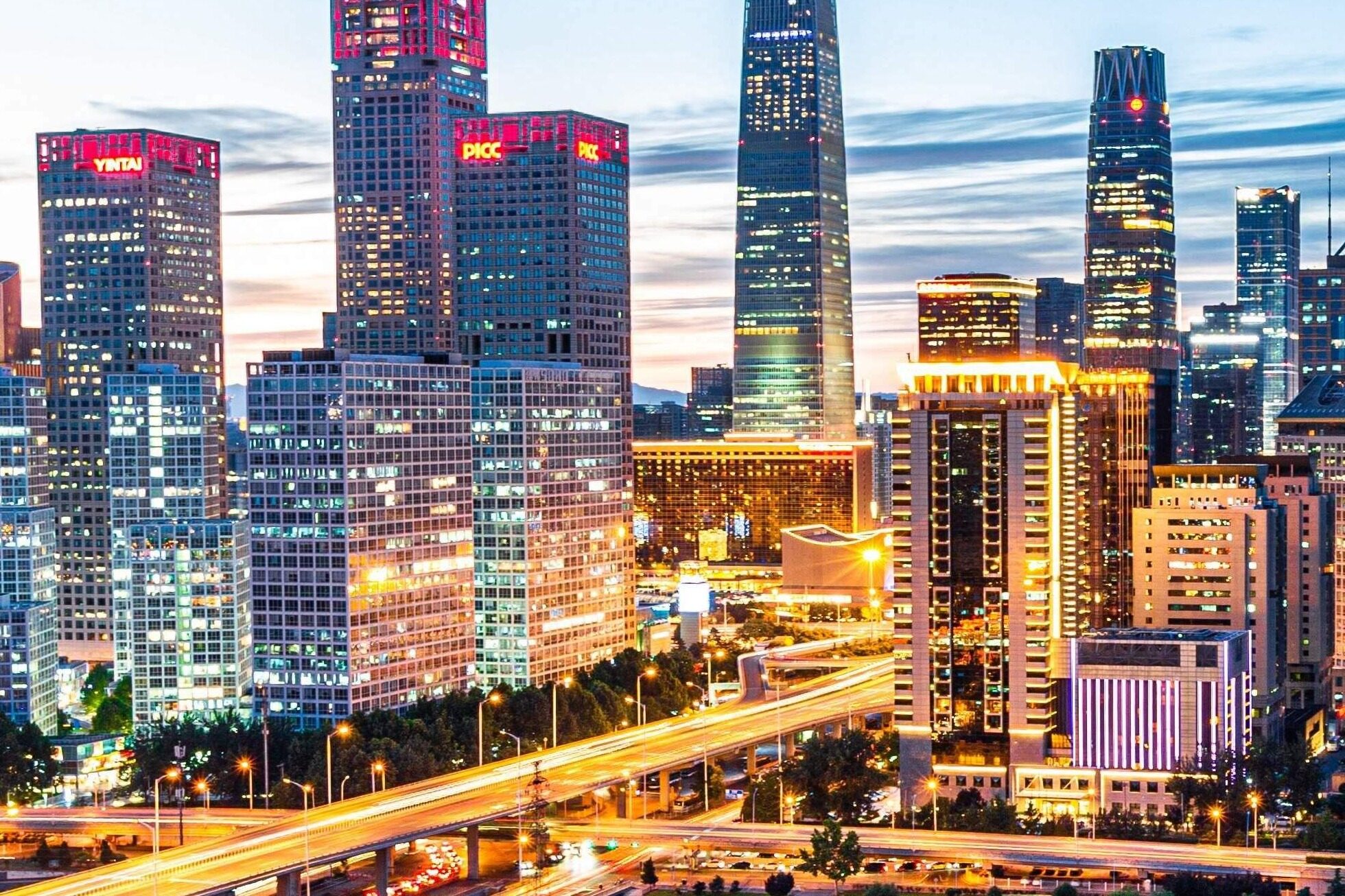
As an important aspect of stabilizing growth, expanding effective investment is stepping up its layout. On March 3, Beijing officially released the "Beijing Major Infrastructure Development Plan during the 14th Five-Year Plan" period. The "Planning" was jointly prepared by the Beijing Municipal Development and Reform Commission, the Beijing Municipal Water Affairs Bureau, and the Beijing Municipal Bureau of Landscaping. With the theme of promoting the high-quality development of infrastructure, it clarified the development ideas of Beijing's infrastructure during the "14th Five-Year Plan" period. Development goals and main tasks.
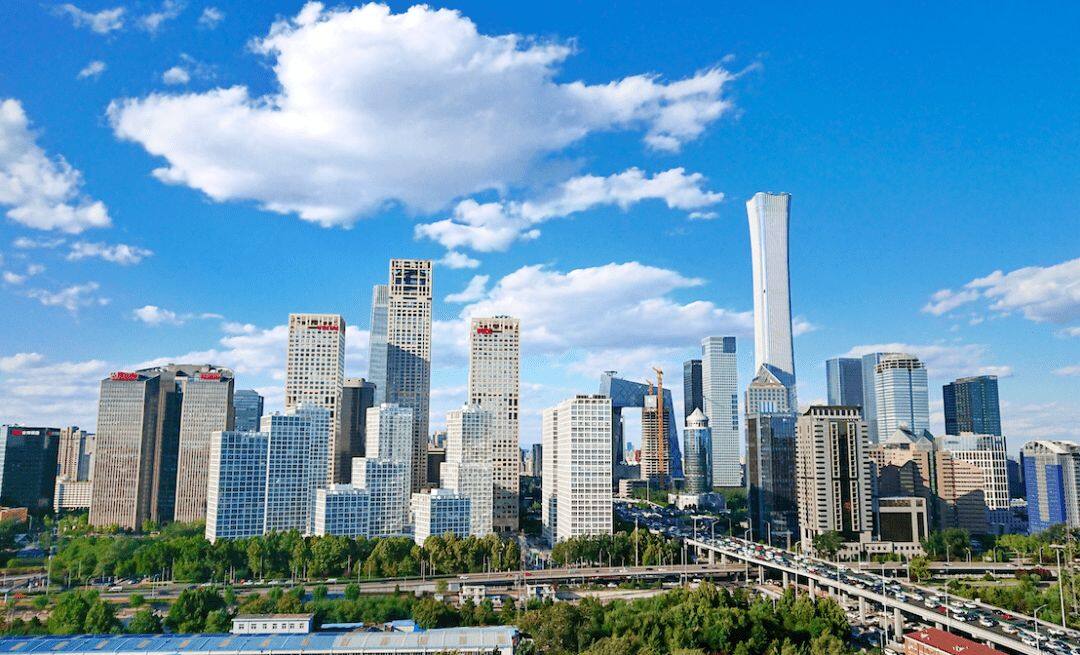
The "Plan" clarifies the main goals during the "14th Five-Year Plan" period and the long-term goals for 2035:
By 2025, the layout of the infrastructure network will be more complete, the level of green, intensive, and smart intelligence will continue to improve, the quality of the city will be steadily improved, the needs of the people will be better met, and the backbone structure of a world-class urban agglomeration with the capital as the core will be basically formed. Significant progress has been made in the construction of a harmonious and livable city.
The protection capacity is more abundant. A 2-hour traffic circle for the Beijing-Tianjin-Hebei urban agglomeration and a 1-hour commuter circle for the Beijing metropolitan area will be initially constructed. The total mileage of rail transit (including suburban railways) in the city will reach 1,600 kilometers, the total mileage of expressways will reach 1,300 kilometers, and the water supply capacity will reach 10 million cubic meters per day. The service level is better. The proportion of 45-minute commuting trips in the central city has reached 60%, the coverage rate of the 500-meter service radius of park green space has reached 90%, and the per capita park green space area of the city’s built-up areas has reached 16.7 square meters. The way of development is greener. The reduction in energy consumption and carbon dioxide emissions per unit of regional GDP has reached the national requirements, carbon emissions have been stable with some decline, and solid steps have been taken towards carbon neutrality. Smart innovation is even more remarkable. The penetration rate of 5G users has increased significantly, the proportion of gigabit broadband access ports has reached 50%, and the networking rate of signal lights in important functional areas of the city has reached 100%. Operational guarantee is more robust. The safety factor of water supply in the central urban area and the sub-center of the city exceeds 1.3, the reliability rate of power supply in the city reaches 99.996%, the proportion of the area of sponge cities in the built-up area that meets the standard reaches more than 40%, and the water accumulation points in the main urban area are dynamically cleared.
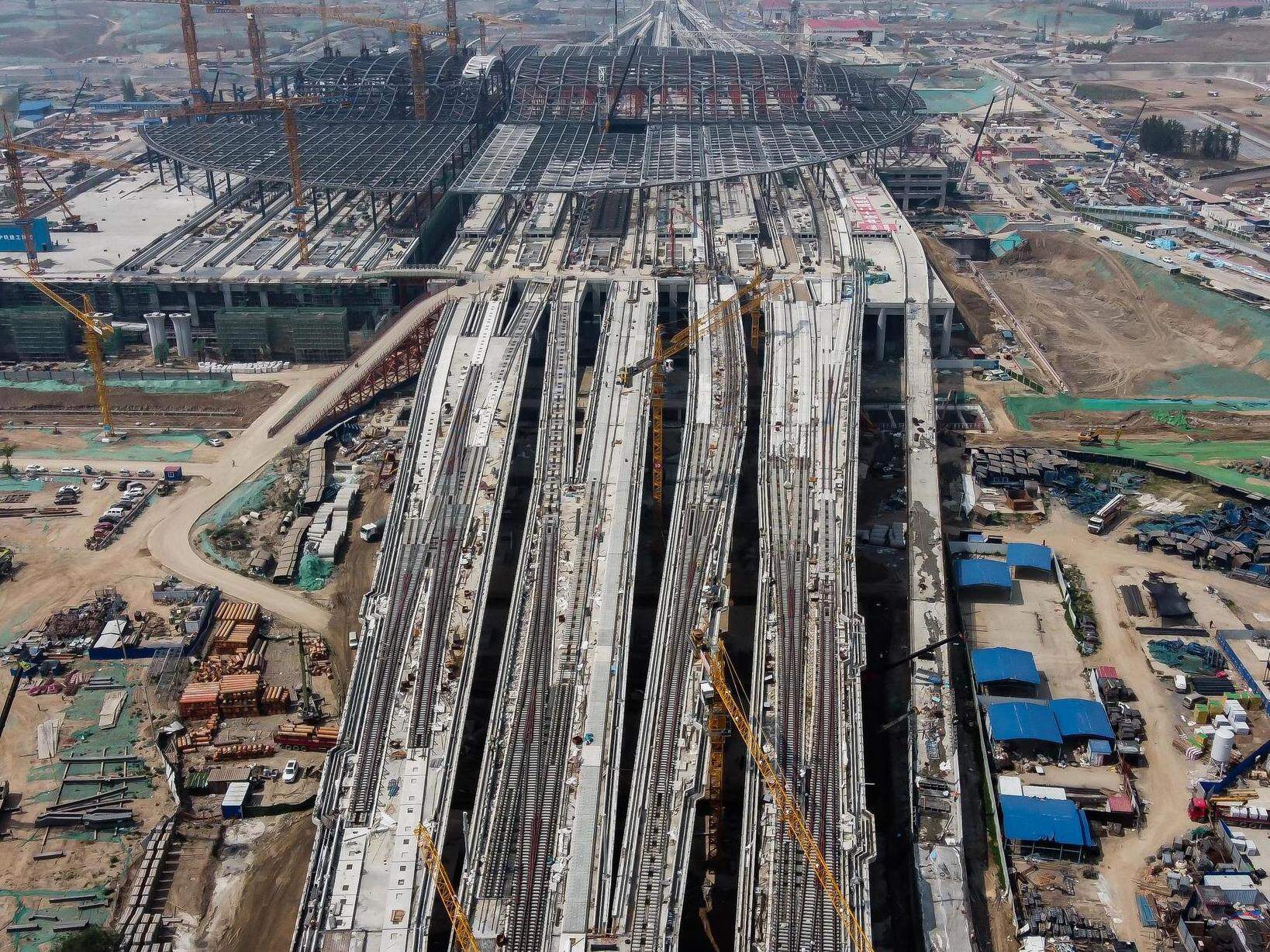
By 2035, Beijing's infrastructure development mode will fundamentally change, take the lead in building a modern infrastructure system with global competitiveness, promote the basic formation of the Beijing-Tianjin-Hebei world-class urban agglomeration structure, and make significant progress in the construction of a safe and resilient infrastructure system. An ecological city with blue sky, clear water and forests will be basically built, which will promote the fundamental improvement of the ecological environment and better meet the needs of citizens. Editor / Xu Shengpeng
Comment
 Praise
Praise
 Collect
Collect
 Comment
Comment
 Search
Search


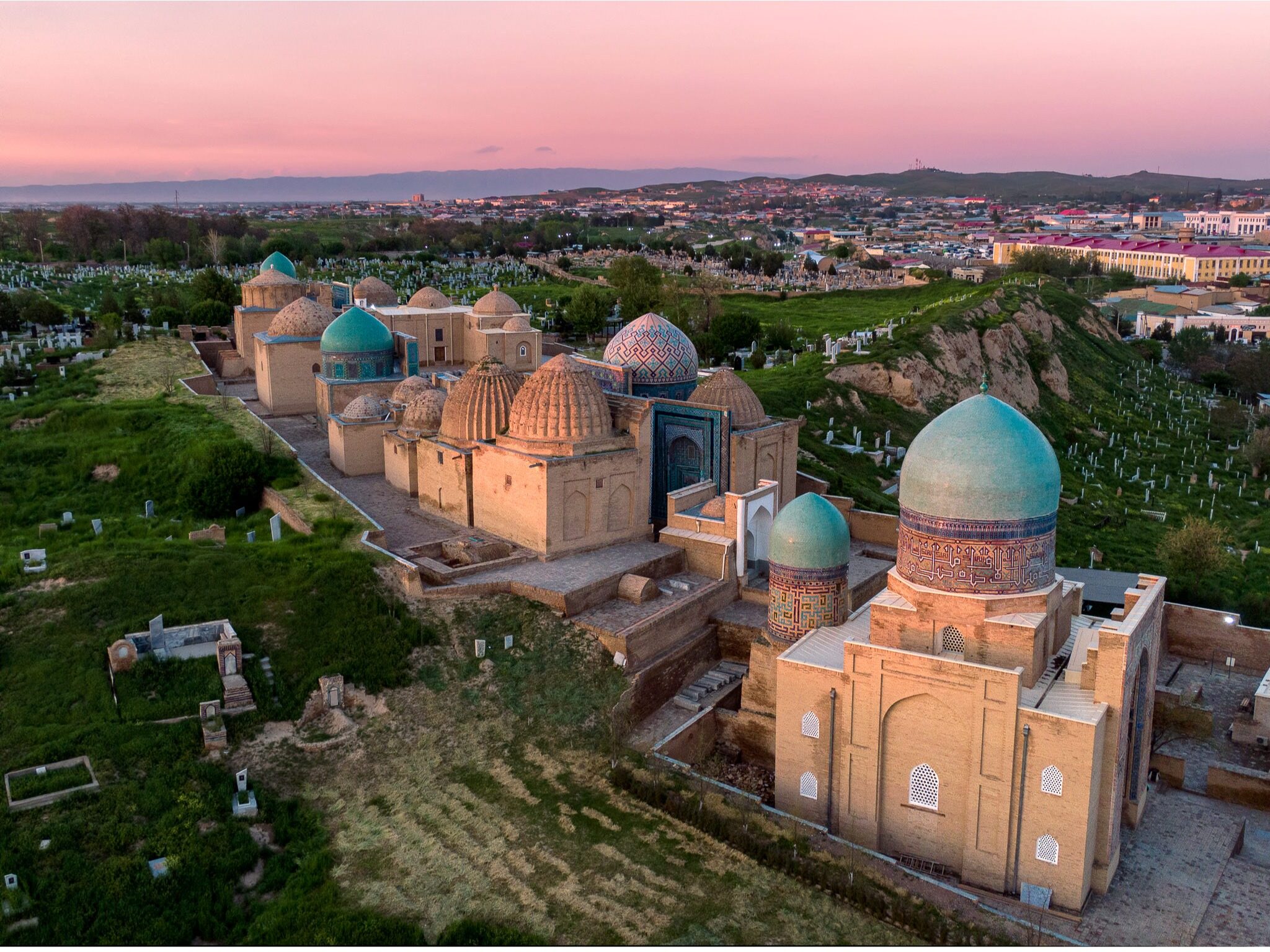
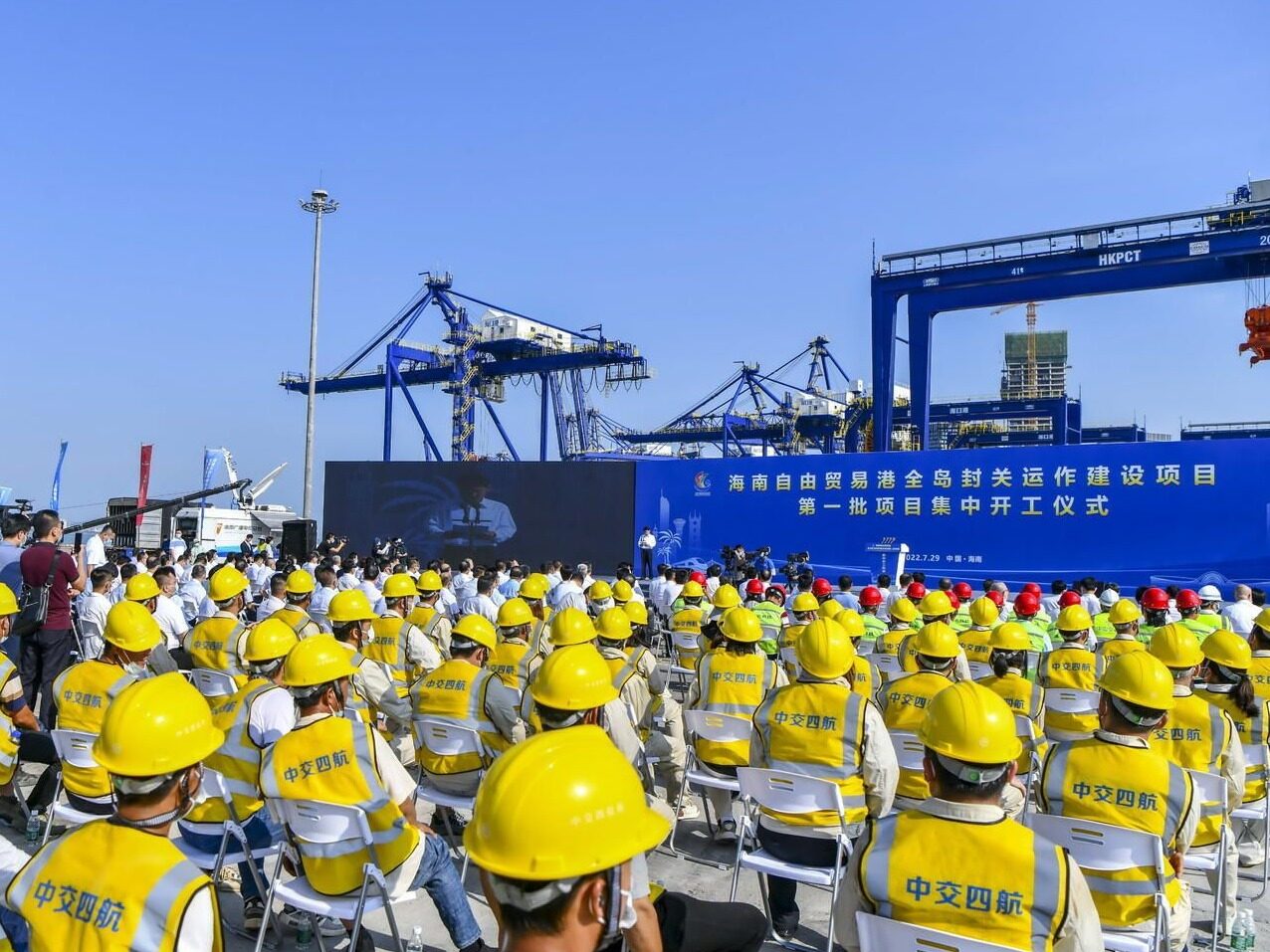
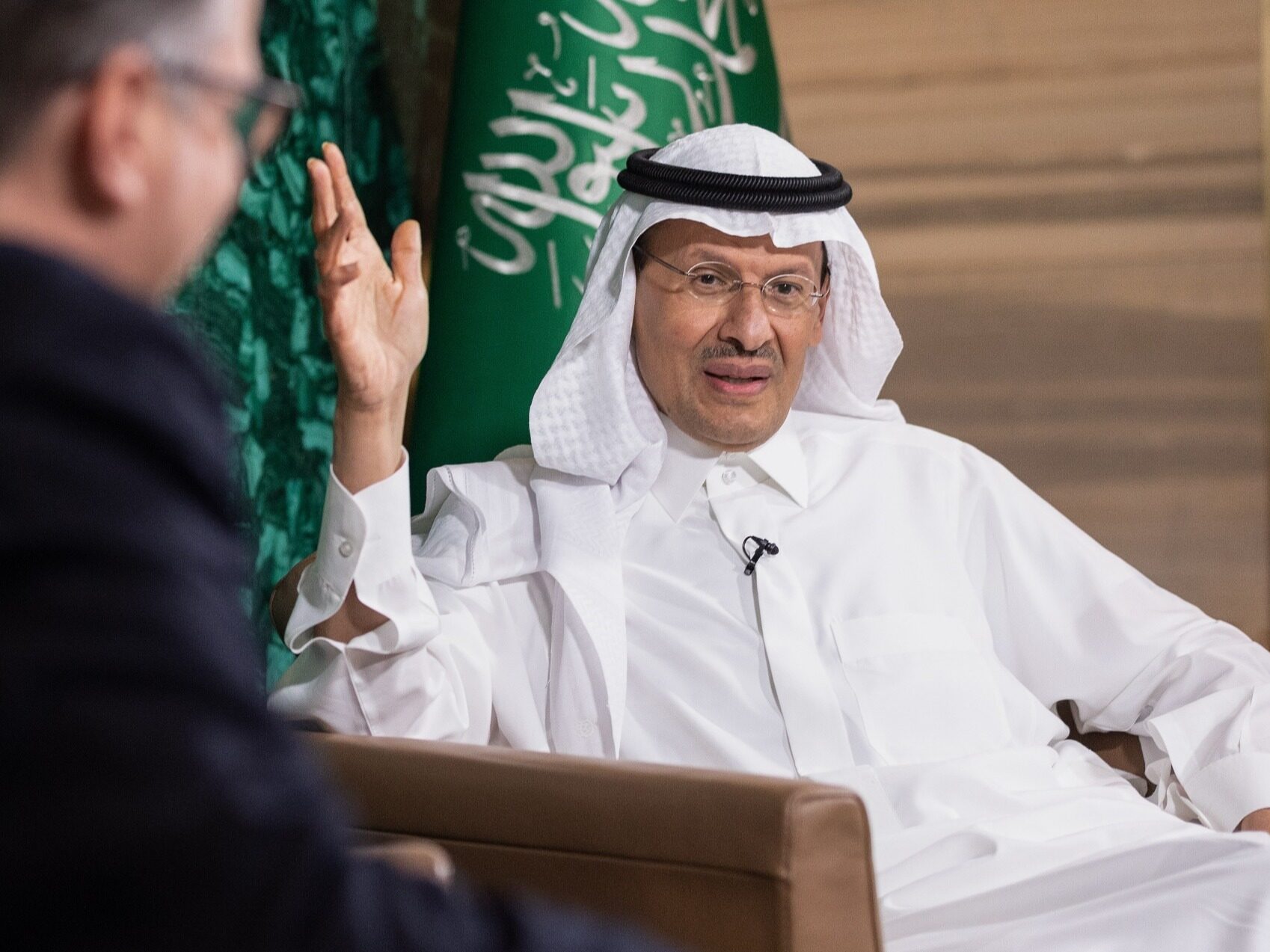
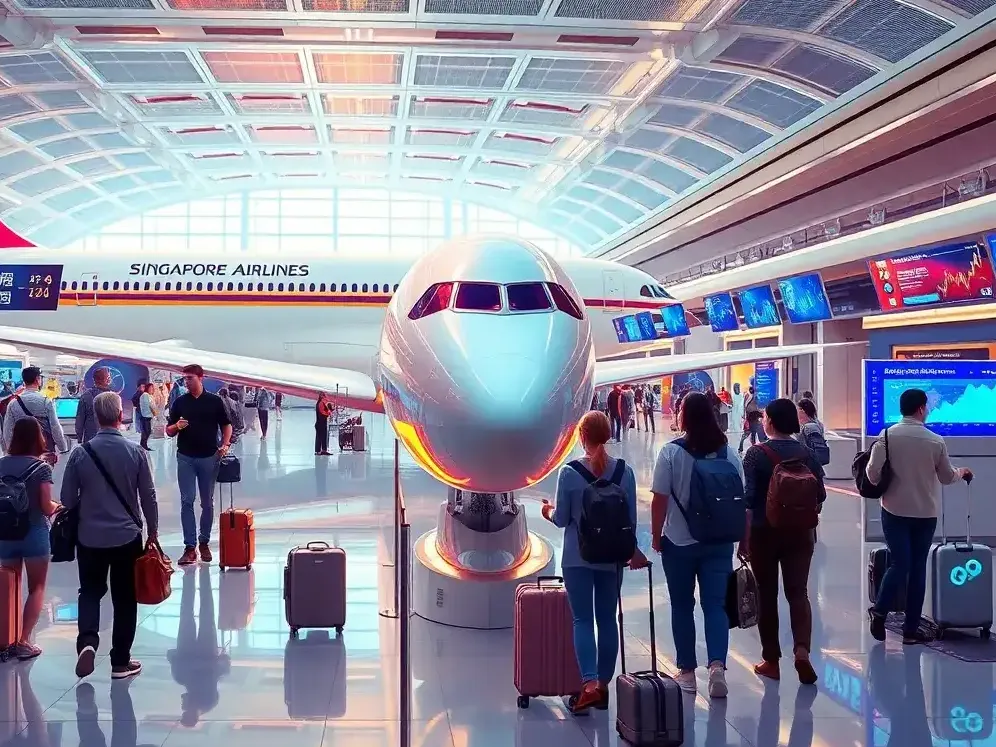

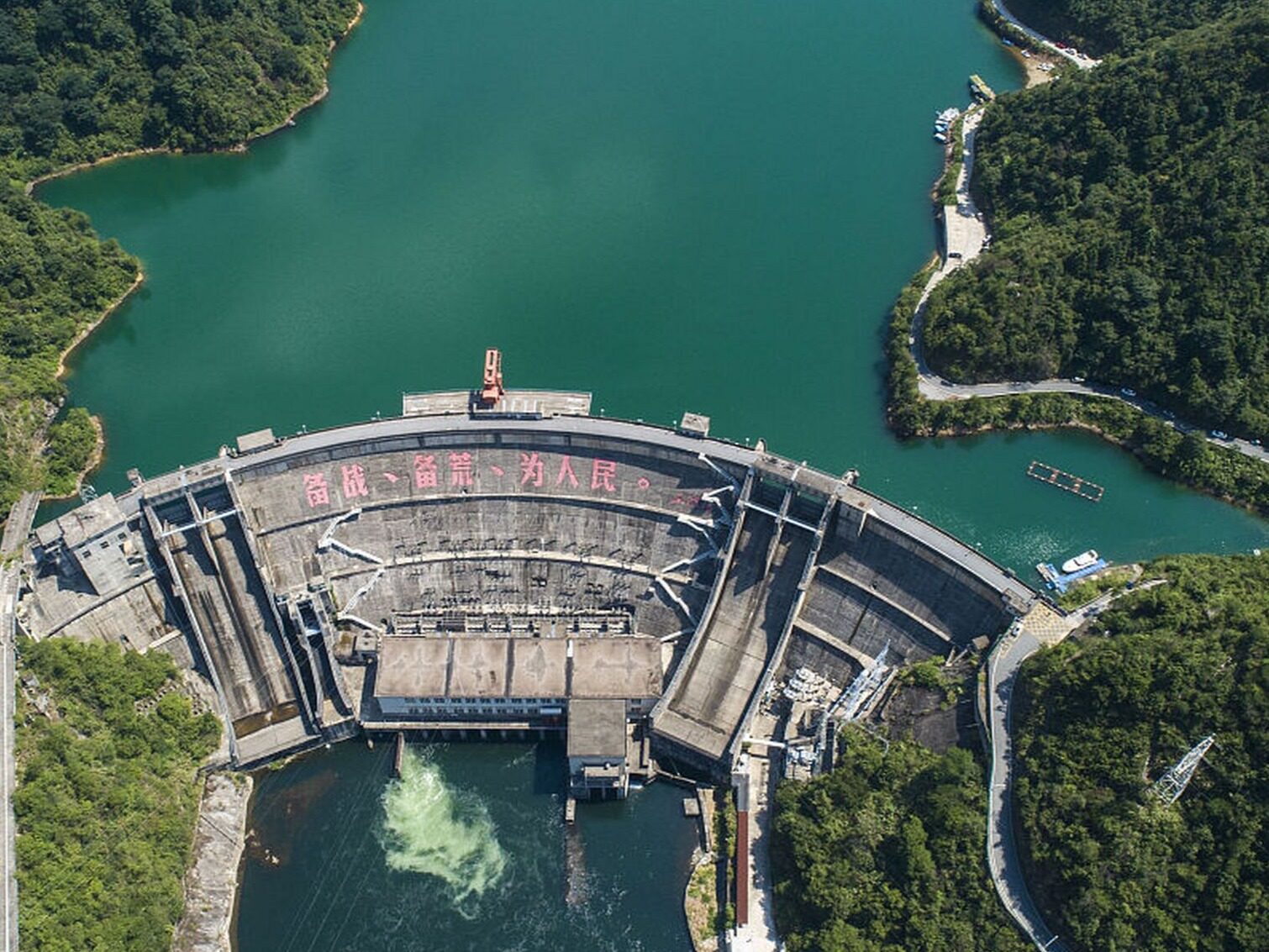






Write something~